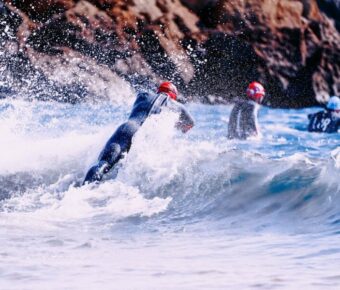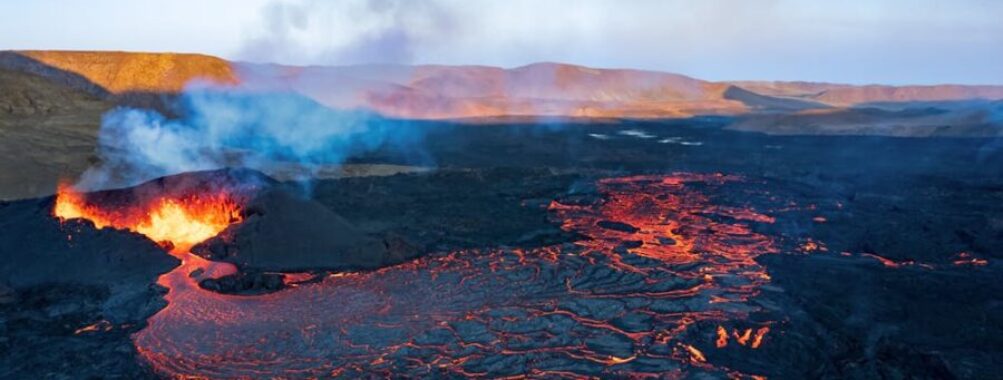
Volcanic Eruption Safety Tips in Iceland: 7 Expert Moves to Keep You Protected
Iceland’s volcanoes really know how to keep you guessing. The ground starts to rumble, a plume rises, and suddenly you’re frantically searching “volcanic eruption safety tips.” I’ve been there myself, watching lava brighten the sky, feeling that weird mix of awe and a little bit of worry.
If you want to stay safe during a volcanic eruption in Iceland, you need to understand the risks, react fast to alerts, and know what to do if you’re anywhere nearby.
Nobody wants their Iceland trip cut short by ash clouds or a closed hiking trail. Honestly, a little preparation goes a long way, and there are tricks even the locals sometimes forget until the ground starts humming.
Let’s get into the real tips you’ll actually use—the kind that don’t show up on every travel blog.
Table of Contents
- Key Takeaways
- Understanding Volcanic Eruptions in Iceland
- Types of Volcanic Eruptions
- Notable Icelandic Volcanoes
- Eruption Patterns and Frequency
- Immediate Safety Actions During an Eruption
- Evacuation Procedures
- Sheltering from Ash Fall
- Protecting Yourself from Volcanic Gases
- Staying Informed: Alerts and Monitoring Systems
- Role of the Icelandic Met Office
- Following Official Warnings
- Local Communication Channels
- Preparing for Travel to Volcanic Areas
- Planning a Safe Travel Itinerary
- Essential Emergency Supplies
- Understanding Risks Near the Eruption Site
- Protecting Yourself Around Lava Flows and Fields
- Maintaining Safe Distances
- Recognizing Hazards of Molten Rock
- Dealing with Air Quality and Ash
- Preventing Respiratory Issues
- Managing Ash Indoors and Outdoors
- Navigating Affected Regions and Attractions
- Impacts on Reykjavik and Nearby Towns
- Safety Around Grindavik and Reykjanes Peninsula
- Access to Keflavik Airport
- Outdoor Activities and Hiking Near Volcanoes
- Trail Safety Precautions
- Guidance for Visiting Fagradalsfjall
- Seismic Activity and Earthquake Awareness
- Recognizing Earthquake Warning Signs
- Safety Measures During Seismic Events
- Frequently Asked Questions
- How can travelers best prepare for possible volcanic activity while visiting Iceland?
- What essential step should one take if caught outdoors during a volcanic eruption in Iceland?
- Could you highlight the top safety measures to adopt in the event of ashfall in Iceland?
- What signs should one look for to anticipate potential volcanic eruptions in Iceland?
- What are the critical items to include in an emergency kit for volcanic eruptions in Iceland?
- What evacuation strategies should visitors to Iceland be aware of in case of a volcanic eruption?
- Book Your Dream Experience
- More Travel Guides
Key Takeaways
- Learn the core safety steps for Iceland’s volcanic eruptions.
- Keep up with alerts if you’re traveling near volcanoes.
- Be ready for sudden changes in air quality and conditions.
Understanding Volcanic Eruptions in Iceland
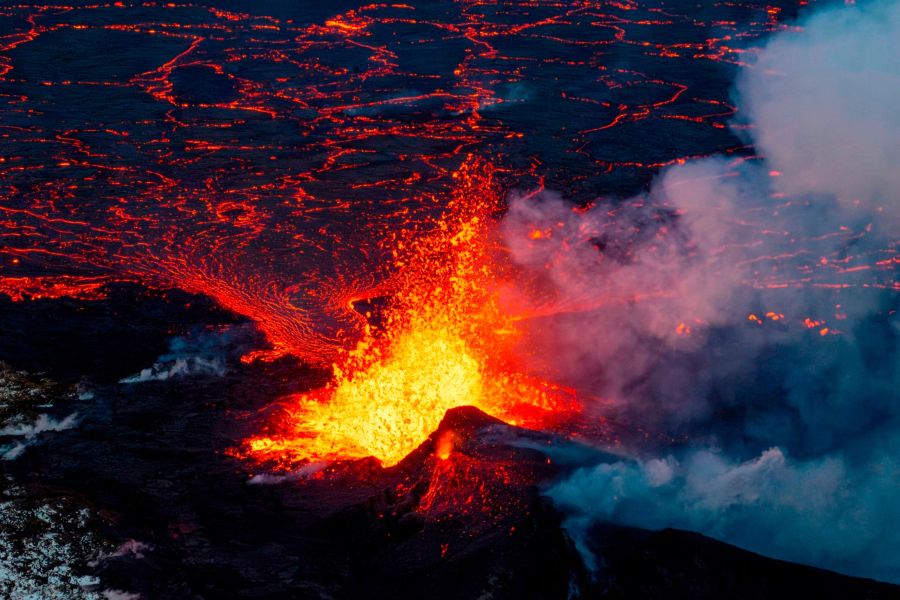
Icelandic volcanoes aren’t just pretty scenery—they influence daily life, travel, and even the air you breathe.
If you’re planning a trip or you’re just a geology nerd, it helps to know what makes Iceland’s volcanic activity so quirky, why eruptions matter, and how they might actually impact you.
Types of Volcanic Eruptions
Iceland sits right on the Mid-Atlantic Ridge, so the volcanoes here have some real personality. You’ll get both explosive eruptions—big ash towers—and those slow, mesmerizing lava flows.
Some eruptions last a day; others, well, they can go for weeks or even months, painting the landscape with glowing rivers of rock.
There are effusive eruptions where lava just oozes out, like at Fagradalsfjall recently. People walked close enough to feel the heat—probably a little too close for comfort.
Other times, the eruption explodes ash and rocks sky-high. Remember Eyjafjallajökull in 2010? That one grounded flights all over Europe. Ash clouds can really mess with travel, so keep an eye on forecasts.
Locals joke that only in Iceland does the weather forecast sometimes include “possible ash fall.” It’s not even a joke, really.
Notable Icelandic Volcanoes
You’ve probably heard of Eyjafjallajökull (good luck pronouncing it). That eruption famously stopped air travel all over Europe.
But there are other big names—Bárðarbunga, for one, is massive and its eruptions under the ice cap can cause those dramatic jökulhlaups (glacial floods).
Fagradalsfjall has been in the spotlight since 2021, especially since it’s so close to Reykjavik. It’s become a bit of a local attraction, with people hiking out to watch lava in real time.
Each volcano has its own vibe—some are “predictable,” others are just wild cards.
Here’s a quick snapshot:
| Volcano | Last Major Eruption | Interesting Fact |
|---|---|---|
| Eyjafjallajökull | 2010 | Ash clouds grounded Europe |
| Bárðarbunga | 2014-2015 | Led to huge lava field |
| Fagradalsfjall | 2021–2024 | Multiple eruptions, accessible |
Eruption Patterns and Frequency
Icelandic eruptions don’t happen totally at random. They come in waves, especially in places like Reykjanes.
Some volcanoes stay quiet for centuries, while others seem to have a calendar reminder set for every few decades. The Reykjanes Peninsula, for example, was silent for 800 years—now it’s suddenly busy again.
You’ll usually feel small earthquakes before an eruption. Scientists monitor these all the time, but even they get surprised now and then.
If you feel a tremor, don’t panic. Locals treat it like bad weather—interesting, but not usually a big deal.
Honestly, it’s not “if” there’ll be another eruption, but “when.” In Iceland, that “when” creeps up faster than you’d think.
Immediate Safety Actions During an Eruption
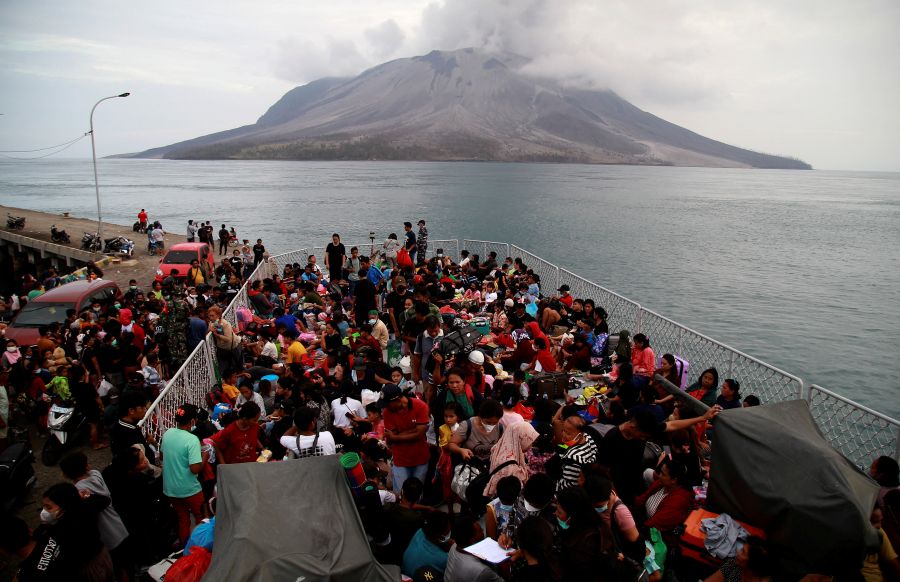
You probably never expect to get caught in a volcanic eruption in Iceland, but hey, it can happen fast. What you do in those first few minutes really matters, whether you’re dealing with evacuation alerts, ash in the air, or the sting of volcanic gases.
Evacuation Procedures
If Icelandic authorities say evacuate, you have to go. No debate, no last-minute selfies.
Skip packing your whole suitcase—grab just the essentials. Your passport, a jacket, and some water are worth more than any extra sweater, trust me.
Tune in to RÚV or emergency alerts on your phone. If the main roads are blocked or ash is falling hard, look for alternate routes. Authorities usually post updates quickly, but don’t wait for someone to knock—just get moving.
If you’re with a tour group, stick together. Now isn’t the time to play the hero with your own navigation.
Need extra help? Flag down a rescue worker or dial 112. The ICE-SAR teams are pros, but you have to let them know you need help.
Sheltering from Ash Fall
Ash isn’t soft and fluffy—it’s gritty, and it’ll scratch your skin, eyes, and lungs. If you can’t get out in time, get everyone inside.
Slam the windows, stuff wet towels under the doors, and do your best to block any cracks. Ash sneaks in wherever it can.
If you absolutely have to go outside, use a mask or a damp scarf over your nose and mouth. Goggles help a ton—contacts and ash don’t mix (learned that the hard way).
Turn off any heating or ventilation that pulls air from outside. It’s easy to forget in the chaos, but outside air will just bring in more ash.
Keep pets inside and fill up bottles with water, just in case the tap gets contaminated.
Protecting Yourself from Volcanic Gases
Volcanic gases can show up fast—and you might not see them coming. If you smell rotten eggs, that’s probably sulfur dioxide. Time to leave.
Gas exposure can sting your eyes, nose, and throat almost right away. I once tried to “tough it out” during a drill and ended up coughing for hours.
Head upwind and get to higher ground if you can. Volcanic gases stick close to the ground, so even a small hill can help.
If you have a proper mask, use it. Cloth or surgical masks help a little, but they’re not magic.
Feel dizzy or short of breath? Don’t wait—get out and seek medical help if it doesn’t pass. Oh, and a random tip: volcanic gases can tarnish metal jewelry, so maybe leave your favorite ring at home during an eruption. It’s not just about safety—no one wants a ruined souvenir.
Staying Informed: Alerts and Monitoring Systems

In Iceland, volcanic eruptions aren’t just in the news—they can mess with your travel plans or even your daily routine. Knowing where to get updates, who to trust, and how to receive alerts really makes a difference.
Role of the Icelandic Met Office
The Icelandic Met Office is your go-to for real-time volcano and weather updates. These folks have a wild setup—seismic sensors, satellites, gas detectors—the works.
When something stirs, the Met Office is usually the first to spot it. They send out official alerts, ranging from basic updates to full-blown warnings.
Sometimes the alerts sound scary, but honestly, I’d rather get too many than too few. Their website is loaded with data, and if you’re someone who likes to plan, checking it every morning isn’t overkill.
Their info can help with everything from booking tours to figuring out if it’s safe to fly cheap to top destinations!
Following Official Warnings
When Icelandic authorities issue a warning, take it seriously. Emergency teams and the Met Office work together to decide when to get people out of risky areas.
They use alert levels—green to red—to show the threat. If you get an “Evacuate” order, don’t hang around for “one more photo.” I’ve talked to people who did, and they regretted it.
Read the instructions in the warning. They’ll tell you where to go, what to bring, and what to avoid. It’s a bit like a recipe—skip a step and you might end up in a mess.
Local Communication Channels
Staying safe also depends on how you get your info while you’re actually in Iceland. Towns use a mix of mobile alerts, sirens, radio, and even local Facebook groups.
If you’re somewhere rural, ask your host how to get emergency updates. Sometimes you’ll see notices in hotels, gas stations, or at the bus stop—don’t ignore them.
Locals usually know what’s up, and they’re happy to point you in the right direction if you ask.
I always keep my phone charged and check for text alerts, especially if I’m hiking or driving near volcanoes. In Iceland, being a little nosy and asking questions can keep you safe.
Preparing for Travel to Volcanic Areas
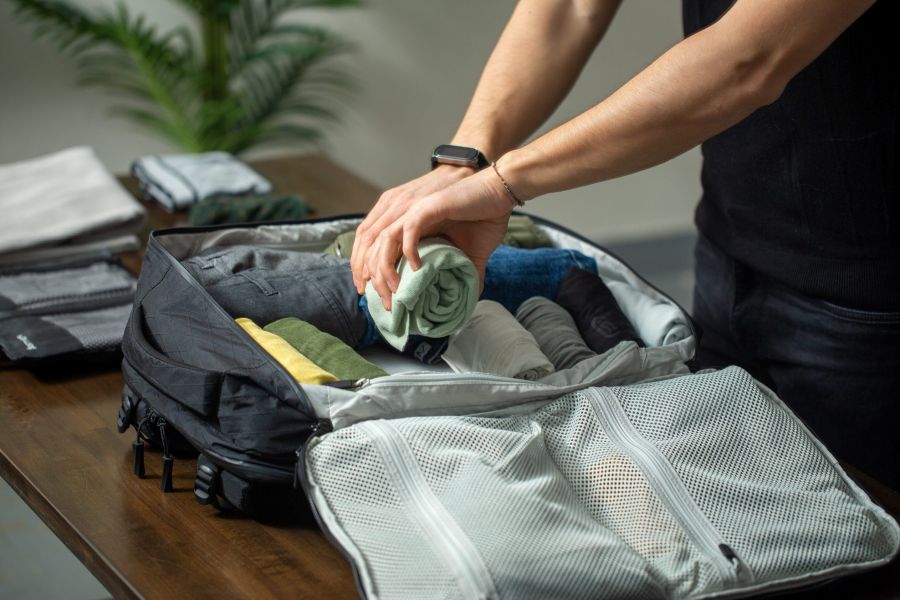
Heading to Iceland for volcanoes is thrilling—and a bit nerve-wracking. To stay safe, you need good planning, the right gear, and a basic sense of the risks.
Planning a Safe Travel Itinerary
Planning your Iceland adventure isn’t just about picking the prettiest places. You have to consider how far they are from eruption zones, what the weather’s doing, and if any roads are closed.
Last year, the Ring Road shut down from ash fall and I lost hours re-routing—so keep your plans flexible.
Book your stays ahead, but don’t be afraid to change them if officials warn about volcanic activity nearby. Sign up for local alerts before you even leave home.
Use an online travel planner that lets you compare routes and places to stay—it’s a lifesaver when things change fast.
And don’t forget to share your detailed itinerary with someone back home. If you end up somewhere remote (and trust me, cell service can be spotty), having someone know your route means help finds you faster if things go sideways.
Essential Emergency Supplies
It’s so easy to forget the little things when you’re daydreaming about lava glowing under the midnight sky. Still, tossing a few emergency essentials in your pack can be a lifesaver if the weather flips or plans go sideways. Iceland’s weather, even in summer, can turn on a dime—one minute it’s sunny, the next it’s raining sideways or snowing.
I never skip my checklist. Here’s what I always stash:
- N95 masks for ash (trust me, regular masks don’t cut it)
- Safety goggles (ash burns, and you don’t want that)
- Headlamp, batteries, and a phone charger
- Portable water filter and snacks
- First aid kit
- Thermal blanket—yes, even if you think you’ll never need it
You don’t need to get fancy with travel gear, but make sure it’s tough. If you ever have to hoof it out or get stuck, you’ll be grateful you packed well.
Understanding Risks Near the Eruption Site
Getting close to Iceland’s volcanoes is a huge draw—who wouldn’t want to see the action up close? Still, you’ve got to stay honest about what’s safe. Hot lava, ash clouds, and sneaky toxic gases can roll in fast, and I’ve seen plenty of travelers get caught off guard.
Invisible gases, like sulfur dioxide, drift through the air even when things look calm. Local officials don’t set up warnings and barriers for fun—there’s always a reason. When you spot those exclusion zones, respect them. They’re not just for show.
If you want to see an eruption safely, check the road status first (the Ring Road gets hit hard during eruptions). Watch for official updates and be ready to change your plans on a moment’s notice. If an area’s closed, just skip it—the volcano will still be there next time.
Protecting Yourself Around Lava Flows and Fields
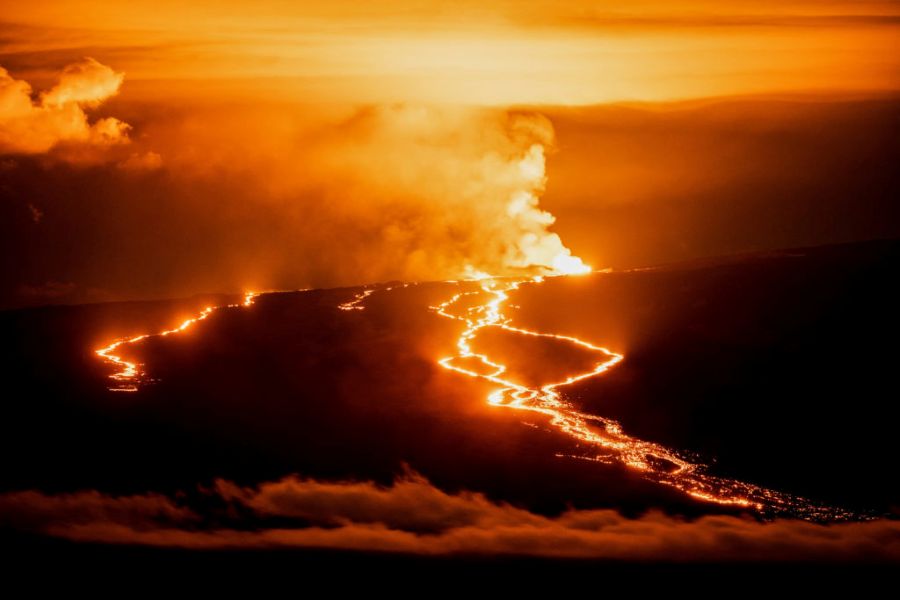
You’ll never forget Iceland’s lava fields—those wild, jagged rocks look like another planet. But exploring near lava can get dicey fast. You have to watch every step and stay alert for hidden dangers lurking in that black, rugged landscape.
Maintaining Safe Distances
The best way to keep safe near a lava flow? Just don’t get too close. Sounds simple, but when you’re after that perfect shot for Instagram, it’s tempting to push your luck. Most of the time, guides and officials rope off the danger zones, though sometimes all you get is a handwritten sign.
Stay behind every barrier or marked safe zone. The heat from molten lava can burn you from surprisingly far away. Icelandic rangers know their stuff, so listen to their warnings, even if it feels safe in the moment.
You might think the lava’s cooled off, but it’s deceiving. Under that thin crust, pockets of superheated rock can lurk. Step in the wrong spot and you’ll regret it. My rule? Keep at least a football field’s distance from active flows unless you’re with a pro.
Quick tips:
- Never walk on fresh lava, no matter how solid it looks.
- Use your camera’s zoom or binoculars—don’t risk your skin for a close-up.
- Stay out of closed zones; they’re closed for a reason.
Recognizing Hazards of Molten Rock
Some of the worst dangers in Iceland’s lava fields? You won’t spot them right away. Those black, ropey basalt piles will shred your boots and slice your hands if you trip. I once took a spill on an old lava field and nursed the scrapes for weeks.
Molten rock spits out toxic gases like sulfur dioxide, especially near new flows. That stuff can sting your eyes and lungs in seconds. Locals sometimes tie on a bandana, but honestly, if you catch a whiff of rotten eggs or start coughing, just leave the area.
Hidden lava tubes and deep cracks are another big risk. I’ve seen people nearly vanish after stepping where they thought the ground was solid. Bring a strong flashlight if you’re near old flows, and always double-check your footing.
Hazard checklist:
- Watch out for sharp basalt edges.
- Look for cracks, holes, or thin crust.
- Leave the area immediately if you smell rotten eggs.
- Wear tough hiking boots—sandals are a no-go.
Dealing with Air Quality and Ash
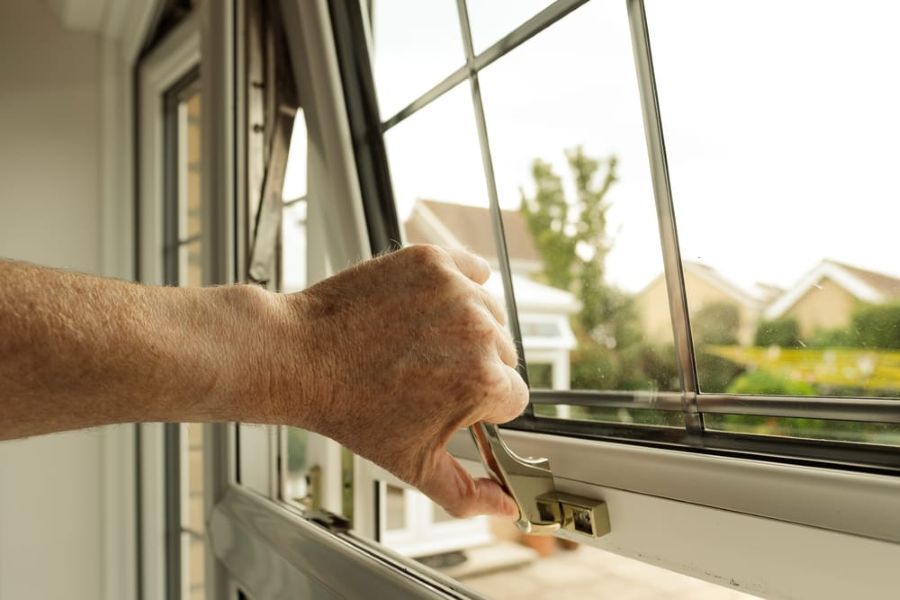
When Iceland’s volcanoes erupt, the air can get nasty in a hurry. Ash and gases can hang around for days, sometimes longer, and they don’t just mess with your lungs—they can ruin your gear and even sneak into your home. Managing air quality and all that sneaky ash is more important than you might think.
Preventing Respiratory Issues
Volcanic ash is a pain—tiny, gritty, and it floats forever. Breathing it in (or any volcanic gas, really) isn’t just annoying; it can make your throat raw, set off asthma, or make your eyes burn. If there’s ash in the air or pollution warnings, stay inside as much as you can.
Shove rolled-up towels into door and window cracks to keep ash out. It’s not perfect, but it helps. Turn off anything that pulls air from outside—fans, AC, even heating. If you need to go out, throw on an N95 mask (or at least a bandana) and wear goggles. Ash in your eyes is the worst.
If you’ve got asthma or any breathing issues, take extra care. And if the air starts to feel thick, smells like sulfur, or makes your chest tight, get indoors right away. You know your limits better than anyone—don’t feel bad about putting your health first.
Managing Ash Indoors and Outdoors
Ash is relentless—it gets everywhere. It’s not like regular dust; you can’t just sweep it up. Keep every window, door, and vent shut tight until the ash stops falling. If it’s already inside, use damp cloths and mops—dry sweeping just kicks it back up, and you’ll regret it.
Outside, leave ash-covered shoes and clothes at the door. Ash tracks inside faster than you’d believe. If you need to clear ash from paths or your car, sprinkle a bit of water to keep it from flying around, then gently scoop it up while wearing gloves and a mask.
Don’t dump ash down the drain—it’ll clog everything and cause headaches for the local water system. Bag it up and check for local disposal rules. Icelandic towns sometimes have special instructions during big eruptions. I’ve seen whole neighborhoods blanketed in ash; a little effort now saves a ton of cleanup later.
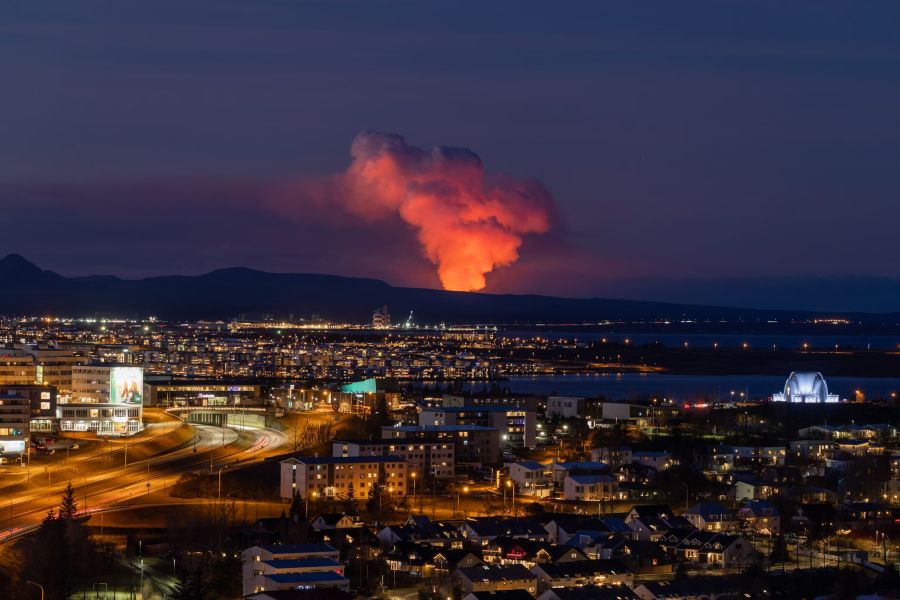
Planning a trip to Iceland’s volcanic zones? It pays to know exactly where the action is, what’s blocked off, and how daily life carries on around all that chaos. With a bit of smart planning, you can dodge the trouble spots and still have a trip for the books.
Impacts on Reykjavik and Nearby Towns
Reykjavik feels surprisingly removed from the eruptions, even though it’s not that far away. The city stays lively—shops, cafes, museums, all humming along like normal.
Most visitors in Reykjavik won’t see ash or catch a whiff of sulfur unless the wind’s really acting up. Public transport and tours usually run on schedule, but double-check if your plans include the Reykjanes Peninsula—those routes can change fast.
Friends visiting during recent eruptions mostly noticed locals swapping volcano stories at the bar, not actual disruptions. If you’re driving to towns like Hafnarfjörður, life goes on, but always check the latest road updates before heading south.
Safety Around Grindavik and Reykjanes Peninsula
Now, this is where you need to keep your wits about you. Grindavik and the Reykjanes Peninsula get hit hardest—sometimes roads close, and evacuations can happen in a flash. Grindavik has had to clear out quickly more than once.
Always follow local advice. Signs, barriers, texts from authorities—they’re not optional. You might run into roadblocks or sudden closures at places like the Blue Lagoon. I’ve had a trip cut short by a last-minute closure, and it’s not worth trying to sneak past.
If you’re staying nearby, pack a go-bag: maps, snacks, extra water. Sounds over the top, but it’s just good sense. And if volcano-watching is on your list, stick with official tours—they know how to keep everyone out of trouble.
Access to Keflavik Airport
Keflavik Airport sits right on the Reykjanes Peninsula, so eruptions can complicate things. Lava, ash, and wind can all mess with your route. The upside? The airport almost never shuts down completely, but you might need extra time and patience.
If you’ve got a flight, watch for texts and emails from your airline. Check the Icelandic Road Administration’s updates—detours can pop up out of nowhere. Airport buses usually adapt, but taxis can get scarce during big disruptions.
Sometimes the Blue Lagoon shuttle pauses too, so don’t assume it’s running. I’ve seen people make their flights just fine, but only because they left way earlier than usual. Always have a backup plan in your pocket. Better to be bored at the gate than sweating it on the road, right?
Outdoor Activities and Hiking Near Volcanoes
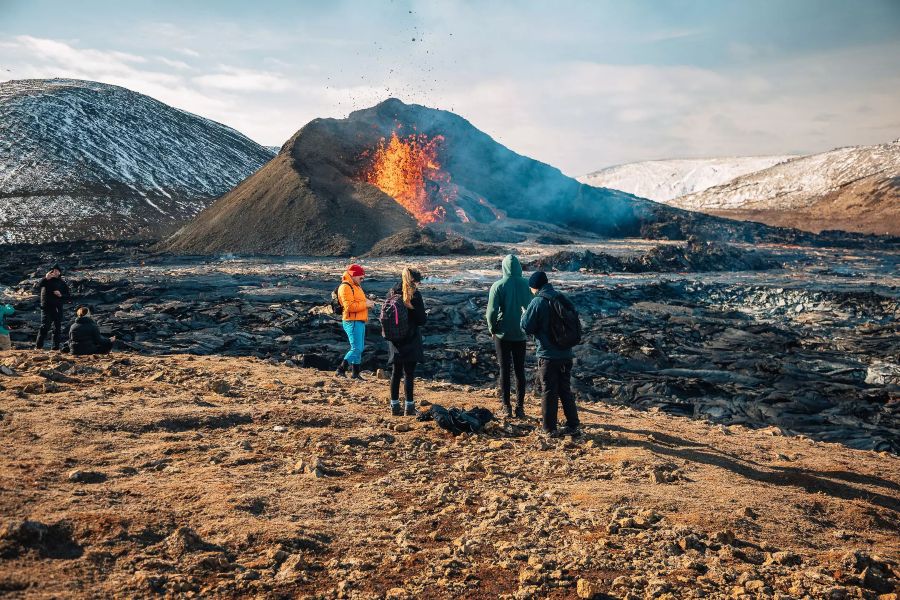
Hiking near Iceland’s volcanoes? It’s unforgettable, but you’ve got to be on your toes. The weather can turn, volcanic activity shifts fast, and there are odd hazards you won’t find anywhere else.
Trail Safety Precautions
Let’s be honest—hiking around active volcanoes is a whole different ballgame. Trails can be loose, rocky, and sometimes steep or slick after an eruption. I always wear weatherproof layers, sturdy boots, and a rain jacket (fog loves to roll in at the worst times). Check eruption updates before you go—volcanoes don’t care about your schedule.
Watch for gas warnings. Sulfur or other fumes can drift up fast. Never hike alone—cell service is spotty at best. Bring snacks and water, and if you want peace of mind, book a guided volcano hike.
Here’s a quick volcano hike safety chart:
| Tip | Why it matters |
|---|---|
| Stay on marked trails | Avoid hidden lava pockets |
| Bring a map | GPS may not always work |
| Watch for weather | Sudden storms are common |
| Respect closures | Rangers really mean it |
Guidance for Visiting Fagradalsfjall
Fagradalsfjall has become a bit of a celebrity lately—everyone seems to want a selfie with its fresh lava fields. The main trails take you right up to some wild, otherworldly terrain. The ground can feel surprisingly warm, so don’t skimp on boots.
Plan for a few hours if you want to do the round trip. If the wind shifts, you might have to change course—gas plumes sometimes drift over the trails.
Some sections near Fagradalsfjall close after eruptions, so stay flexible. Official hiking routes can change overnight. Double-check local updates before heading out, or book a tour if you want extra guidance.
Bring your camera, but keep your distance from steaming vents or cracks. It’s tempting to get close, but the landscape can shift fast. That’s half the thrill—and the main reason to stay sharp.
Seismic Activity and Earthquake Awareness
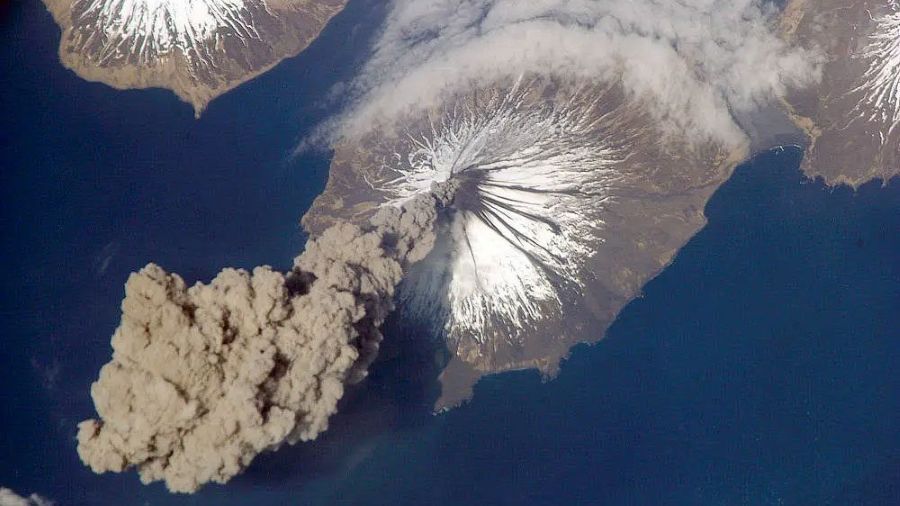
Visiting Iceland means you’re up close with raw nature—and that includes earthquakes. The land here shifts and rumbles, thanks to the magma chamber and those restless tectonic plates right under your feet.
Recognizing Earthquake Warning Signs
Most of Iceland’s earthquakes are tiny—honestly, you might not even notice them. But things can shift in a heartbeat.
If you feel the ground shake, even just a little, pay attention. A cluster of small quakes in a short stretch? That usually means something bigger could be brewing.
Sometimes, you’ll spot warnings on local news or even posted on signs near popular trails. I once watched a group of hikers freeze mid-step because their phones buzzed with alerts—never brush those off.
If you see cracks or steam seeping from the ground (yes, it’s as dramatic as it sounds), that’s another clue the magma below might be restless. Locals tend to have a sharp instinct for these things and they’re surprisingly open about sharing tips, so if someone seems uneasy, listen up.
Safety Measures During Seismic Events
When the ground starts shaking, your gut might tell you to run outside. Actually, in most buildings, it’s safer to stay put—especially if you’re in a sturdy hotel or a public spot.
Duck under a table, shield your head with your arms, and scoot away from windows or anything that looks like it might topple. Most injuries? They come from stuff falling, not the quake itself.
If you’re outdoors, get away from buildings, power lines, and cliffs. Lava fields can be deceiving—sometimes they’re just a thin crust over empty space, so stick to marked trails and don’t rush.
Once the shaking stops, look up and around for any debris before you move. Tour guides and locals run through these drills for good reason—just follow their lead.
Always keep your phone charged and location services on. If you need help or the latest info, you’ll be glad you did. Honestly, a bit of preparation makes all the difference—no need to let a minor quake derail your trip.
Frequently Asked Questions
Traveling in Iceland means you’ll get up close with nature’s wild side. Staying safe isn’t just about rules—it’s about being prepared and knowing what’s possible.
How can travelers best prepare for possible volcanic activity while visiting Iceland?
Before you even land in Iceland, do a little homework on current volcano alerts. I make it a habit to check the Icelandic Meteorological Office website each morning when I’m there.
Sign up for local emergency alerts—if you’re not sure how, just ask at your hotel or guesthouse. And honestly, don’t hesitate to chat with locals; they’re often more in the loop than the news.
What essential step should one take if caught outdoors during a volcanic eruption in Iceland?
First off, don’t panic—but move quickly. If you’re out hiking or sightseeing and spot an eruption, throw on a mask or at least cover your nose and mouth with a scarf. I learned the hard way that ash in your throat is miserable.
Head for a car or building if you can. If not, walk away from the ash cloud and steer clear of valleys, since they can fill with nasty gases fast.
Could you highlight the top safety measures to adopt in the event of ashfall in Iceland?
Stay inside during heavy ashfall if you can help it. I once dashed out for a photo and my eyes felt gritty for hours—definitely not worth it.
Keep windows and doors closed, and turn off any air systems that suck in outside air. If you need to go out, sunglasses and a mask are your best friends. Ash sneaks in everywhere—even your socks, somehow.
What signs should one look for to anticipate potential volcanic eruptions in Iceland?
Locals swear by a sudden sulfur smell in the air. If earthquakes pick up or you notice new steam vents, consider that a serious heads-up.
Check local news for updates, and if you hear emergency sirens, trust me, you’ll know it. Once, my rental car shook for a whole minute before a warning came through!
What are the critical items to include in an emergency kit for volcanic eruptions in Iceland?
Pack a face mask and goggles—they’re lifesavers, and most travelers forget about goggles until it’s too late. Bring bottled water, snacks, a flashlight, and a fully charged power bank.
I always toss in a lightweight rain poncho and a paper map, since cell service can be spotty. If you wear contacts, take glasses too—ash and contacts are a terrible combo.
What evacuation strategies should visitors to Iceland be aware of in case of a volcanic eruption?
Before you head out for the day, find your nearest emergency shelter. Most hotels and guesthouses post this info somewhere obvious, but honestly, I always snap a photo of the evacuation plan with my phone—just in case I forget later.
If authorities give instructions, follow them. Don’t overthink it or try to stick to your original plans. I know it’s tempting to try to beat the crowds in your rental car, but trust me, leaving early and driving carefully is always the smarter move.
Locals are generally helpful and will probably look out for you, but it’s still smart to know your own escape route. Iceland’s conditions can change fast, so being a bit over-prepared never hurts.



